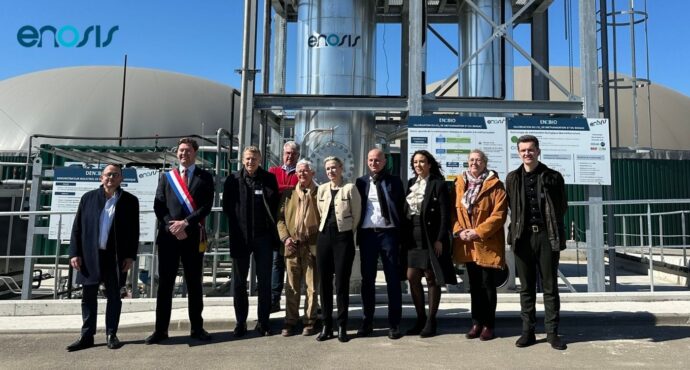
News and resources
All news and resources of our ecosystem

Elvis Gherghinescu: “It’s incredibly rewarding to know I’ve played a small part in improving someone’s life.”
NewsApr 23, 2025

Clean tech hiring is broken. TPaaS fixes it
InsightsApr 18, 2025

Event: Industrialising Clean Tech in Europe
EventsApr 15, 2025

3 InnoEnergy portfolio companies recognised as strategic projects under EU’s Critical Raw Materials Act
NewsApr 10, 2025

Inauguration of DENOBIO, France’s first industrial-scale industrial-scale biological methanation unit for injection into the natural gas network.
NewsApr 9, 2025

Capturing Europe’s Clean Tech Opportunity: Now is the moment to lead
InsightsApr 8, 2025

